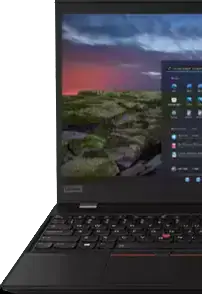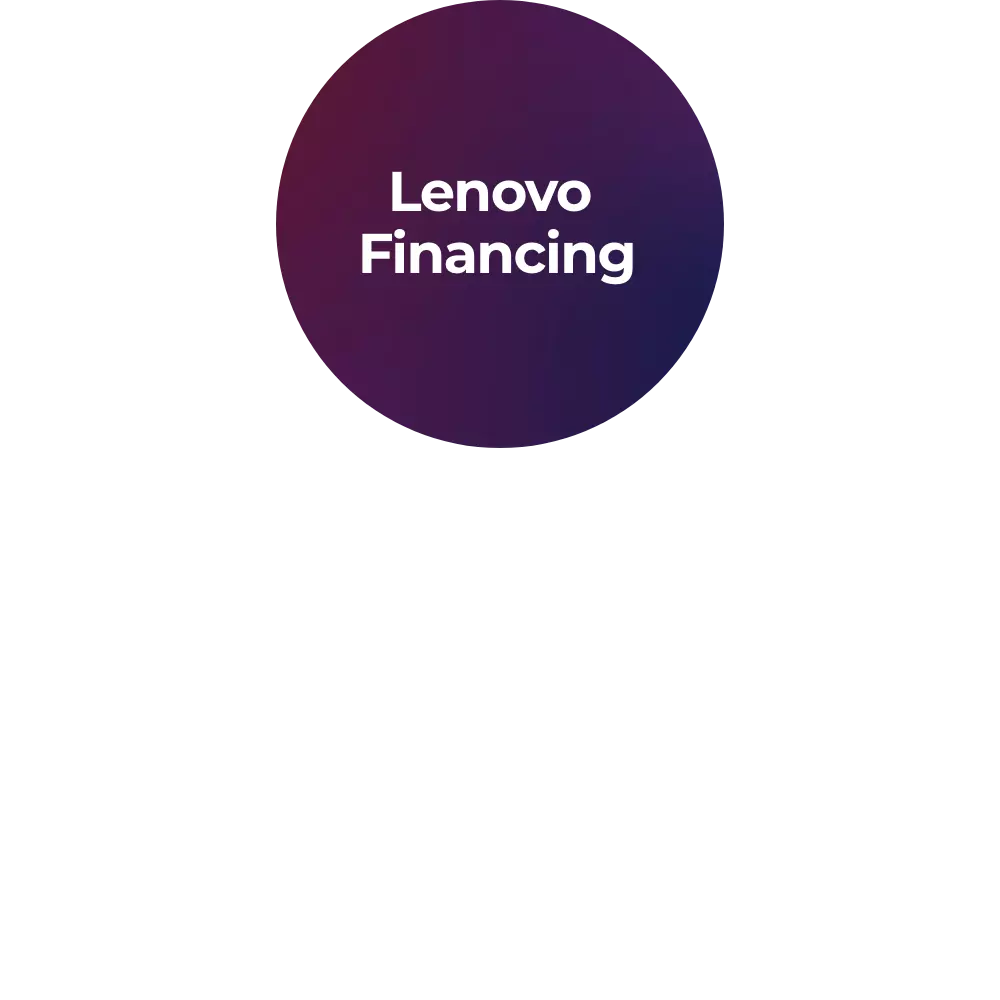What is a memory address?
A memory address is like a unique identifier for a specific location in a computer's memory. It's like the street address for data. When you want to store or retrieve information, you need to know where it's located in the computer's memory, and that's where memory addresses come in.
Why do computers use memory addresses?
Computers use memory addresses to optimize data organization and access. These addresses act like unique labels, enabling efficient storage and retrieval of information within a computer's memory. By assigning specific locations to data, computers streamline processes, much like a well-organized filing system. This systematic approach ensures that the control processing unit (CPU) can swiftly locate and manipulate data during operations. Memory addresses contribute to the overall speed and effectiveness of computing systems, facilitating a structured and organized environment for seamless data management.
How is a memory address represented?
A memory address is represented in hexadecimal format, a base-16 numbering system. This format uses numbers 0-9 and letters A-F, offering a more compact representation than binary. Hexadecimal makes it easier for programmers to read and work with memory addresses. It efficiently condenses lengthy binary codes, providing a convenient and human-friendly way to identify specific locations in a computer's memory. This representation simplifies memory management tasks, aiding in the seamless organization and retrieval of data within the intricate architecture of computing systems.
How does a central processing unit (CPU) use memory address?
The CPU uses memory addresses to fetch and store data during its operations. When a program runs, the CPU references these addresses to access the required information. It's like the CPU following a map to find and manipulate data in the computer's memory.
Can two different programs have the same memory address?
No, memory addresses are unique identifiers. Each program, and the data it uses, is assigned a distinct location in the computer's memory.
What happens if a program tries to access the wrong memory address?
If a program tries to access the wrong memory address, it can lead to errors or even a system crash. It's like trying to open a file that doesn't exist or going to the wrong address – confusion and chaos. The operating system usually steps in to prevent unauthorized access to memory areas.
Can a memory address change?
Yes, memory addresses can change dynamically. When you run multiple programs, the operating system allocates and deallocates memory as needed. This means the memory addresses assigned to programs can change during execution, reflecting the dynamic nature of computing.
How does virtual memory relate to memory addresses?
Virtual memory allows the computer to use part of the hard drive as if it were additional random access memory (RAM). Memory addresses in virtual memory correspond to locations on the hard drive. It's like having extra storage space that the computer can use when the physical RAM is running low.
What is the role of a memory management unit (MMU) in memory addresses?
The MMU plays a pivotal role in handling memory addresses within a computer system. It serves as a bridge between the control processing unit (CPU) and the physical memory, responsible for translating virtual addresses generated by the CPU into physical addresses in the memory. This process, known as address translation, is crucial in a multi-tasking environment where multiple processes run concurrently. The MMU enables each process to have its own virtual address space, which it interprets as contiguous and private, even though the actual physical memory might be fragmented and shared. Additionally, the MMU plays a role in memory protection, ensuring that one process cannot access the memory space of another, thereby preserving system stability and security.
Could I manipulate memory addresses in programming?
Yes, in programming, you can manipulate memory addresses, but it requires caution. Directly messing with memory addresses can lead to bugs, crashes, or security vulnerabilities. High-level programming languages provide abstractions to manage memory more safely, so you don't usually need to deal with raw memory addresses.
How do pointers relate to memory addresses?
Pointers in programming are a type of variable that hold memory addresses as their values. Instead of storing actual data, such as integers, characters, or strings, a pointer holds the address of a memory location where these data types are stored. This allows for efficient management and manipulation of memory within a program. Pointers provide a way to access and modify the contents of a variable indirectly, which can be particularly useful in certain scenarios, such as dynamic memory allocation, structures, and function arguments. Understanding pointers and their relationship to memory addresses is key to mastering low-level data manipulation and optimization in programming.
What happens when I declare a variable in programming?
When you declare a variable in programming, the system assigns it a memory address. This address is where the variable's data will be stored. So, every time you use that variable, the program knows exactly where to find its value in the computer's memory.
Why do we have both RAM and ROM in computers?
Random access memory (RAM) and read-only memory (ROM) serve different purposes. RAM is volatile memory used for temporary data storage during a computer's operation. ROM, on the other hand, is a non-volatile memory that stores essential system instructions. Together, they provide a balance between speed and permanence in a computer's memory architecture.
How does cache memory fit into the picture of memory addresses?
Cache memory is like a super-fast and small-sized memory located closer to the control processing unit (CPU). It stores frequently used data and instructions to speed up access times. The CPU refers to cache memory before accessing the main random access memory (RAM), making operations quicker.
What would happen if a computer had no memory addresses?
If a computer had no memory addresses, it would simply be incapable of functioning. Memory addresses serve as a map or indexing system, allowing the computer's processor to access and manage data stored in its memory efficiently. Without memory addresses, the processor would have no way of knowing where data is located in the memory. This would make it impossible to retrieve or modify data, essentially crippling the ability to execute programs or perform any tasks.












